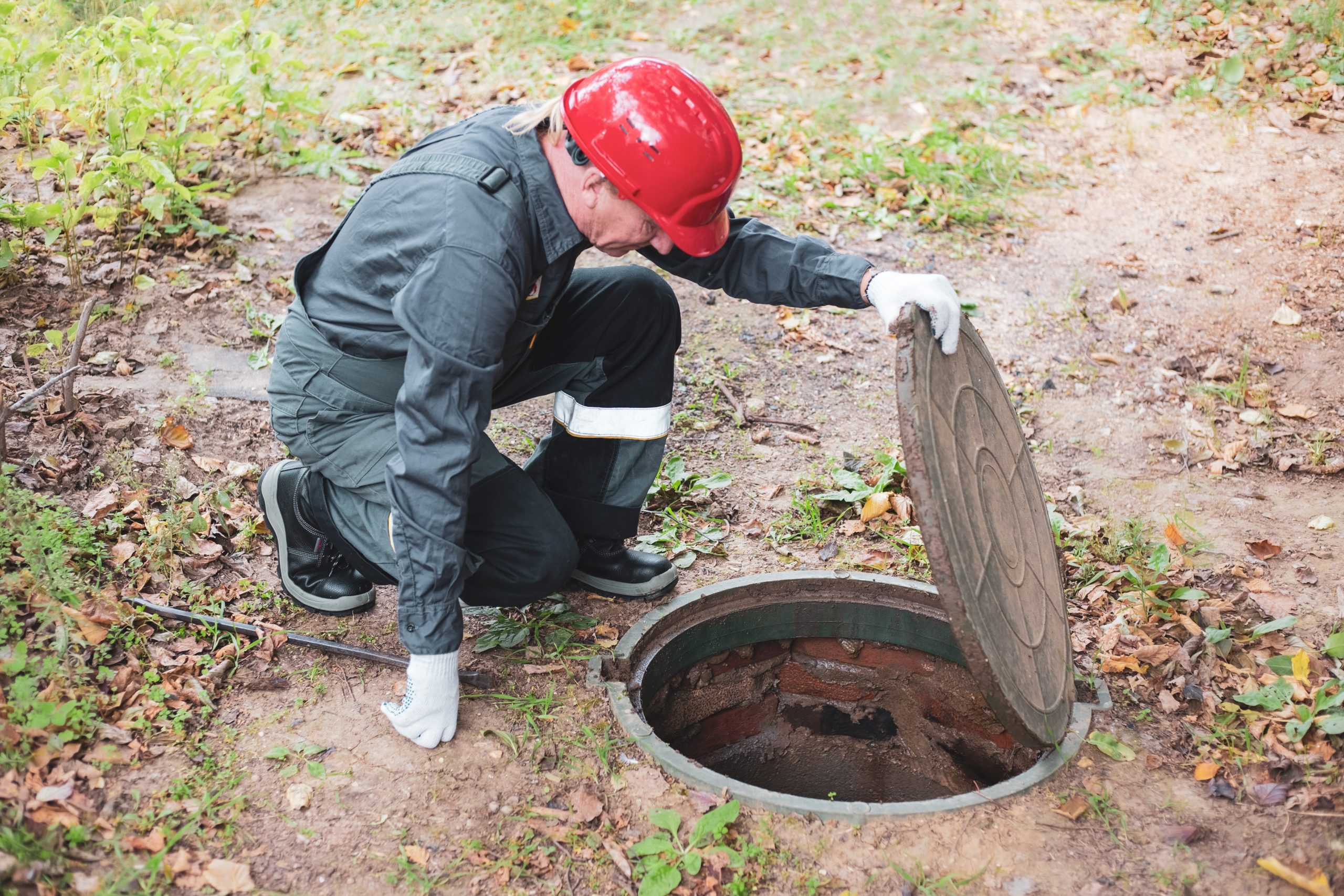Maintaining a septic system is essential to keeping your home’s plumbing functioning smoothly and preventing costly repairs. One of the most important aspects of septic system care is knowing when and how often to pump your septic tank. For seniors, understanding this process is key to avoiding the inconvenience and expense of a malfunctioning system. Here are some tips, tricks, and insights to help you determine how often you should pump your septic tank and ensure your system remains in good working order.
Understanding Your Septic System
A septic system is a self-contained, underground wastewater treatment system that is commonly used in rural areas where municipal sewers are not available. It consists of a septic tank and a drain field. Wastewater from your home flows into the septic tank, where solids settle to the bottom, forming sludge, while lighter materials like grease float to the top, forming scum. The liquid in between flows out to the drain field, where it is naturally filtered and treated.
Over time, the sludge and scum build up in the septic tank and must be removed to prevent the system from becoming overloaded and causing backups or other issues.
How Often Should You Pump Your Septic Tank?
- General Guidelines: On average, septic tanks should be pumped every 3 to 5 years. However, the exact frequency depends on several factors, including the size of your tank, the number of people in your household, water usage habits, and whether you use a garbage disposal.
Tip: As a general rule, larger households or those with high water usage may need to pump their septic tank more frequently, while smaller households with lower water usage can often go longer between pumpings.
- Size of the Septic Tank: The size of your septic tank plays a significant role in determining how often it needs to be pumped. Smaller tanks fill up faster and may require more frequent pumping, especially if there is significant water usage in the household.
Insight: If you’re unsure of your tank size, you can check with your septic system installer or consult the paperwork provided when the system was installed. Knowing the size of your tank is crucial for setting an appropriate pumping schedule.
- Number of Occupants: The more people living in your home, the more wastewater is generated, leading to a faster buildup of sludge and scum in the septic tank. For a household of one or two people, the tank may need to be pumped every 5 years, while larger families may need to pump every 3 years or even more frequently.
Tip: If your household size changes, such as when children move out, you may be able to adjust the pumping frequency accordingly.
- Water Usage Habits: High water usage, such as frequent laundry, long showers, and excessive use of the garbage disposal, can cause your septic tank to fill up more quickly. Conserving water can extend the time between pumpings.
Insight: Consider installing water-efficient appliances and fixtures, and be mindful of your water usage habits to reduce the load on your septic system.
Signs Your Septic Tank Needs Pumping
- Slow Drains and Backups: If you notice that your sinks, toilets, or showers are draining slowly, or if you experience sewage backups, it’s a clear sign that your septic tank may be full and needs to be pumped.
Tip: Don’t wait for a backup to occur. Regularly inspect your drains, and if you notice any slowing, schedule a septic tank inspection and pumping.
- Foul Odors: Unpleasant odors coming from your drains, toilets, or the area around your septic tank and drain field can indicate that the tank is full and needs to be emptied.
Insight: Odors are often a late-stage warning sign. If you notice any foul smells, it’s important to act quickly to avoid more serious problems.
- Standing Water or Greener Grass: Puddles or standing water around your septic tank or drain field, or patches of grass that are significantly greener than the surrounding area, can indicate that your septic system is failing and needs attention.
Tip: Regularly check the area around your septic system for signs of leakage or drainage issues, especially after heavy rainfall.
Maintenance Tips for Your Septic System
- Regular Inspections: Have your septic system inspected by a professional every 3 years. This will help identify any potential issues early and ensure that your system is functioning properly.
Insight: During an inspection, the professional will check the sludge and scum levels in your tank, as well as the condition of the tank and drain field.
- Avoid Flushing Non-Biodegradable Items: Only flush toilet paper and human waste. Flushing items like wipes, feminine hygiene products, or other non-biodegradable materials can clog your septic system and lead to expensive repairs.
Tip: Consider placing a small trash bin in the bathroom to encourage the proper disposal of non-flushable items.
- Mind Your Garbage Disposal: Using a garbage disposal adds extra solids to your septic tank, which can increase the frequency of pumping. Minimize its use, or compost food scraps instead.
Insight: If you rely heavily on your garbage disposal, consider pumping your septic tank more frequently to avoid overloading the system.
